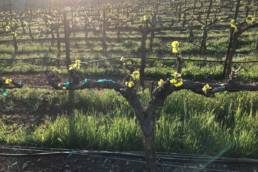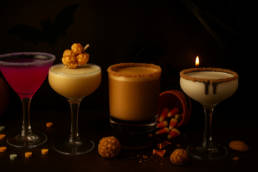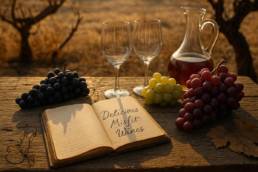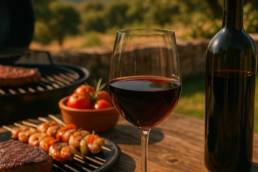Morning News – September 2024 – Wine for Good Weather and Bad Inflation
Now that Labor Day has passed and Autumn lurks just around the corner, we can turn our attentions to relishing this cooler weather. Football games, tailgates and grilling become more enjoyable when you are not sweating like a meatloaf. Autumn remains my favorite season and I find that this time of year begins my proverbial ramping up of my outdoor imbibements.
With the current state of our economy and inflation acting like a three-year-old that just downed a box of moon pies, my plans for open air consumption are in dire jeopardy. Although I could attenuate my spending by scaling back my bottle count, this sounds like a bad ending to a good story. Instead, I can use my knowledge and years of study to find wines that will pair with my alfresco drinking situations.
Pinot Grigio
Something light, crisp, and acidic seems a natural starting place. This niche of wines became popular when the pendulum shifted away from those over-oaked clunky Chardonnays to varieties like Pinot Grigio; what I would call welcomed progress.
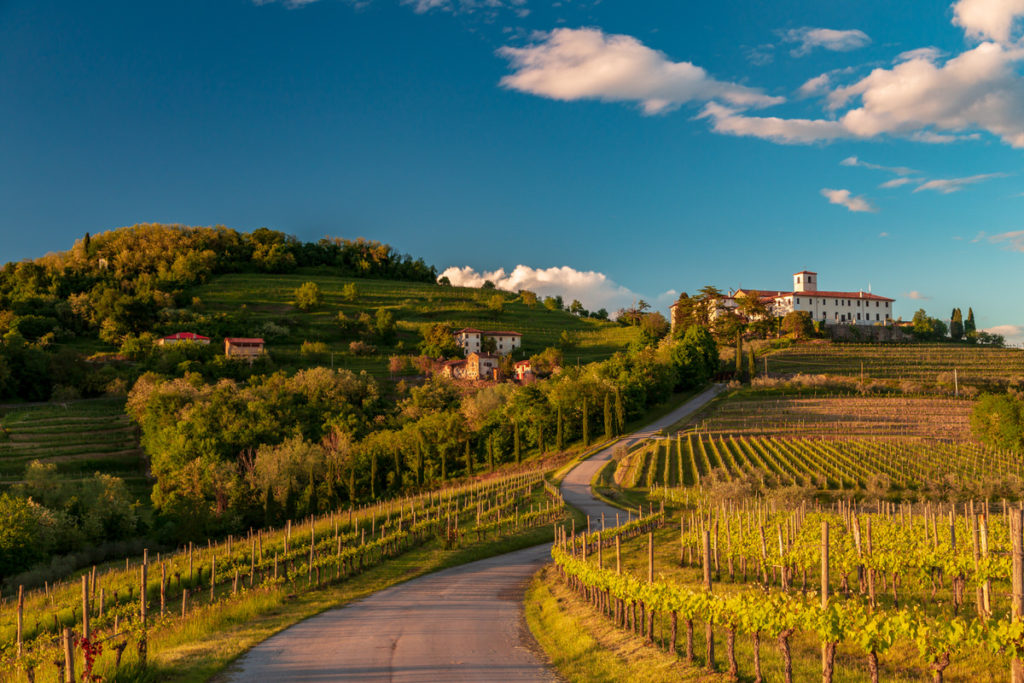 This variety has an interesting and frustrating spectrum of wines available to consumers. Some producers put out great quality juice but with a price tag to match. It’s a hard sell getting people to trade up from their warehouse club favorite at four to five times the price. Granted, we would like to keep costs down but not at the detriment of exposing our tastebuds to substandard swill.
This variety has an interesting and frustrating spectrum of wines available to consumers. Some producers put out great quality juice but with a price tag to match. It’s a hard sell getting people to trade up from their warehouse club favorite at four to five times the price. Granted, we would like to keep costs down but not at the detriment of exposing our tastebuds to substandard swill.
Albeit small, there are some Pinot Grigio that offer complexity and balance at lower to midrange pricing. Most of these wines tend to be Italian and from relatively unfamiliar producers. Sampling through these is really the best way for discovery. Since that task would be counterproductive, time consuming, and laborious, I am here to perform these menial tasks for you.
Sauvignon Blanc
Keeping with the acidophile mindset, I love Sauvignon Blanc. More specifically, Sauvignon Blanc from the eastern areas of the Loire Valley, France. I know that seems oddly specific, but a wine drinker likes what they like. Unfortunately, many of these wines fall well out of our targeted price range.
Looking in the middle Loire or for a regional “Val du Loire” provides inexpensive alternatives that may or may not be 100% Sauvignon Blanc. When staying in the Central Vineyards, in Eastern Loire, there are a few appellations that offer some great value but are not readily available on the store shelves. Two appellations that do meet our criteria are Menetou-Salon AOP (which offers better value but is more difficult to find on domestic shelves) and Pouilly-Fumé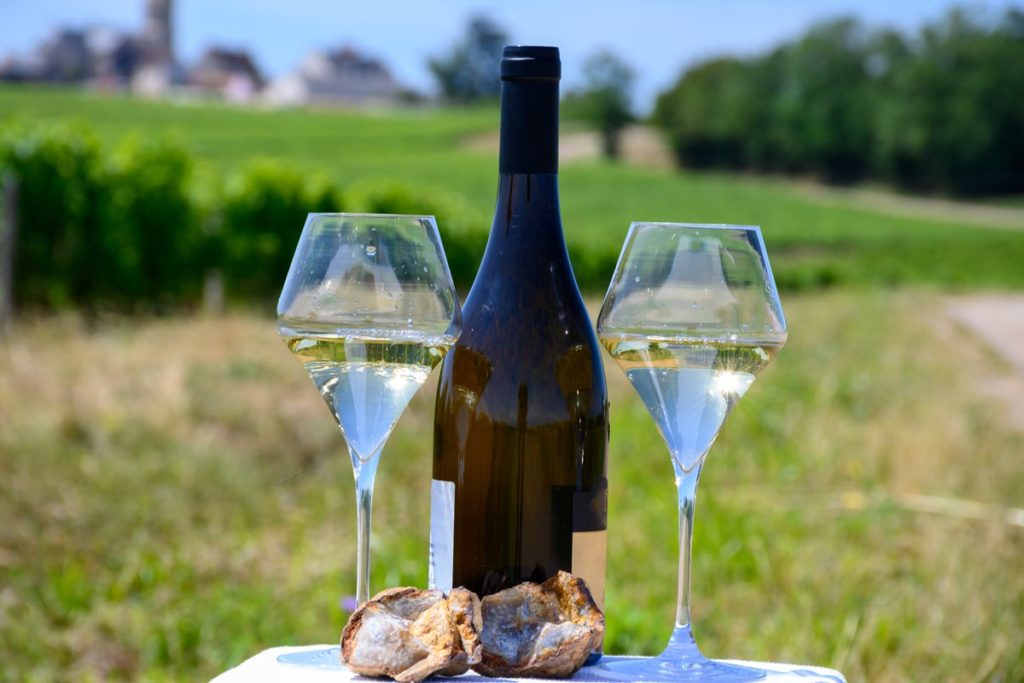 AOP (which are available but more difficult to find at a bargain).
AOP (which are available but more difficult to find at a bargain).
Some opinionated consumers out there continually believe that red wines are always superior to white and rosé. Even though I wholeheartedly disagree, they hold onto this philosophy tighter than a deer tick to a buck during the rut. Since, I have no intention of removing ticks or participating in any four-legged colitis interruptus, I will capitulate to their wishes and provide a couple of easily-overlooked red wine bargains.
If I posed the question of the most expensive European wine region you can gestate from your well-soaked neurons, Bordeaux may be one of the top answers. Although it would be difficult to argue that these are some of the most highly touted, and priced, wines throughout history, the humor comes when you realize that the antithesis is also true. You can certainly pay piles of money for some of these labels but, with a little effort and know-how, you can find some of the most quality-driven bargains out there.
In all fairness, finding a pedigree bottle for $100 may be a bargain but falls well out of the parameters we’ve established. For our purposes, we need ridiculous prices for better than quaffable red wines that fall within the umbrella of Bordeaux.
Bordeaux Satellites
One of my strategies that proves effective concentrates on what has become known as Bordeaux satellites. Although I tend to take some liberties with the proper definition, suffice it to say that these are lesser esteemed appellations that exist on the fringes adjacent to those famous classified areas.
 On the Right Bank, the satellites will often have Saint-Émilion as a suffix attached to their name. Likewise, in the Entre-deux-Mers (between the Garonne and Dordogne Rivers), the satellites affix Côtes de Bordeaux for name recognition. Even the region next to Pomerol, Lalande-de-Pomerol, can be classified as a satellite. There are numerous others like Fronsac, Canon-Fronsac, Bourg, and Blaye, all offering differing blends of the classic Bordeaux grape varieties but at a much more attractive price point.
On the Right Bank, the satellites will often have Saint-Émilion as a suffix attached to their name. Likewise, in the Entre-deux-Mers (between the Garonne and Dordogne Rivers), the satellites affix Côtes de Bordeaux for name recognition. Even the region next to Pomerol, Lalande-de-Pomerol, can be classified as a satellite. There are numerous others like Fronsac, Canon-Fronsac, Bourg, and Blaye, all offering differing blends of the classic Bordeaux grape varieties but at a much more attractive price point.
Rather than trying to remember all these names and locations, there are easier options. If your retail shop is worth it’s mark-up, the workers there should be able to guide you to these wines. The other approach is to use that handheld device, which I refer to as my peripheral brain. With the knowledge of the wine world at your fingertips, you can look up labels, terms and regions to assist you in your journey.
Non-Classified Bordeaux
Another strategy, which can be a bit trickier, is find a Bordeaux region that pleases your palate and search for producers that are in close proximity. If any region is much ado about the Chateau name, it is resoundingly Bordeaux. Finding a quality producer that doesn’t have notoriety from classification status, within the same area (weather, soils, etc.) can be a jackpot for your palate and your budget.
To give you a starting point, look at some of the more famous appellations on the Left Bank. St Estèphe, Pauillac, St. Julien and Margaux all contain some of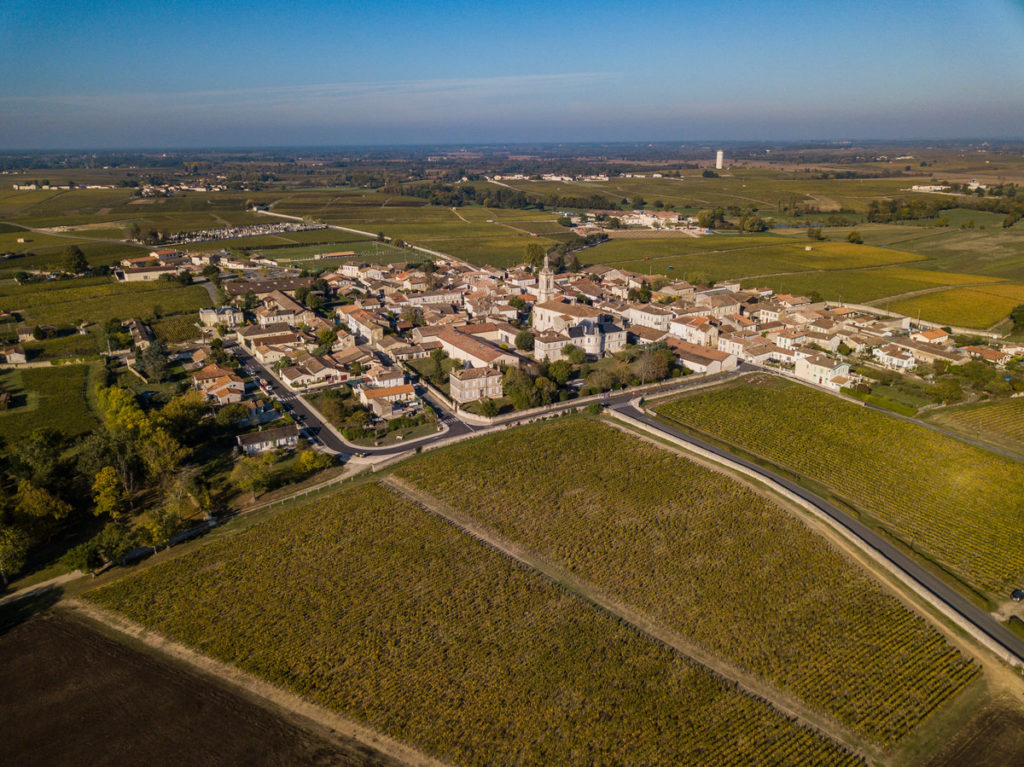 the most amazing Cabernet dominant blends on the planet. Even a second or third tier producer that has the right to use these appellation names on the label, can be a great bargain.
the most amazing Cabernet dominant blends on the planet. Even a second or third tier producer that has the right to use these appellation names on the label, can be a great bargain.
Even though the weather is more accommodating to our open-air consumption, the economy becomes our rate limiting step in this equation. Hopefully, I have assisted you in navigating the inflation minefield enough to continue your festivities. There is no shame in staying on budget when wine shopping. Sometimes those juice pushers attempting to upsell you is the equivalent of the Wayang Kulit telling the story of the Ramayana when all you really want is a Trolley ride to the “land of make-believe.” In other words, unapologetically enjoy the wines you like within your budget, sans criticism.
Wines
Danzante Pinot Grigio Delle Venezie DOC 2022 ($11)
Interesting aromatics of citrus, blossom, tropical fruit leap from the glass. The bright citric-driven acidity is smartly balanced with 4 g/L residual sugar, also giving an increased viscosity on the palate. There are flavors of citrus (pineapple, tangerine), orchard fruit (green apple) and tropical fruit (papaya). The finish is long and lingering with a palate cleansing gush of acidity. Pair this with shrimp scampi, lobster roll or rolling quarters for wine money.
Marius César AOP Pouilly-Fumé Fluvium Ligerim 2022 $20
This 100% Sauvignon Blanc hails from the Upper Loire in Pouilly-Fumé across the river from Sancerre. The wine has a nose of unctuous orchard fruit (peach, pear), white floral, tropical citrus (grapefruit), and leafy herbal notes. The palate is dry with tart acidity and a flinty / chalky minerality. The palate mirrors the nose with added prominent mineral undertones on the finish. Pair the wine with raw seafood (clams, oysters, ceviche), smoked salmon (lox), and chicken piccata.
Château Belair-Coubet ‘Expressionnelle’ Côtes de Bourg 2019 $15
Across the Gironde estuary from Margaux, this Côtes de Bourg wine contains 70% Merlot and 30% Cabernet Sauvignon. Resting 15 months in barriques has given this wine complexity and integration. There are aromas of fruit (raspberry, currant and blueberry), floral (lilac), and a slight coffee bean nuance. The palate is dry with a dark fruit compote nature and some coffee on the finish. The tannins are silty and well-integrated. Truly a great find for the price. Pair with duck breast, beef bourguignonne, or even a burger off the grill.
Château Tour Haut Vignoble Saint-Estèphe 2019 $20
Initially reductive but opened up nicely with some brief aeration. The wine is a blend of Cabernet Sauvignon, Merlot, and Petit Verdot, aging in oak for at least a year. The nose has raspberry, currant, spice (cinnamon, anise), herbal (dill), pipe tobacco and cedar box. The palate is dry, medium broad acidity, medium plus body, and integrated gravely tannins. Pair this with your grilled steak, venison stew, or lamb Shawarma.

